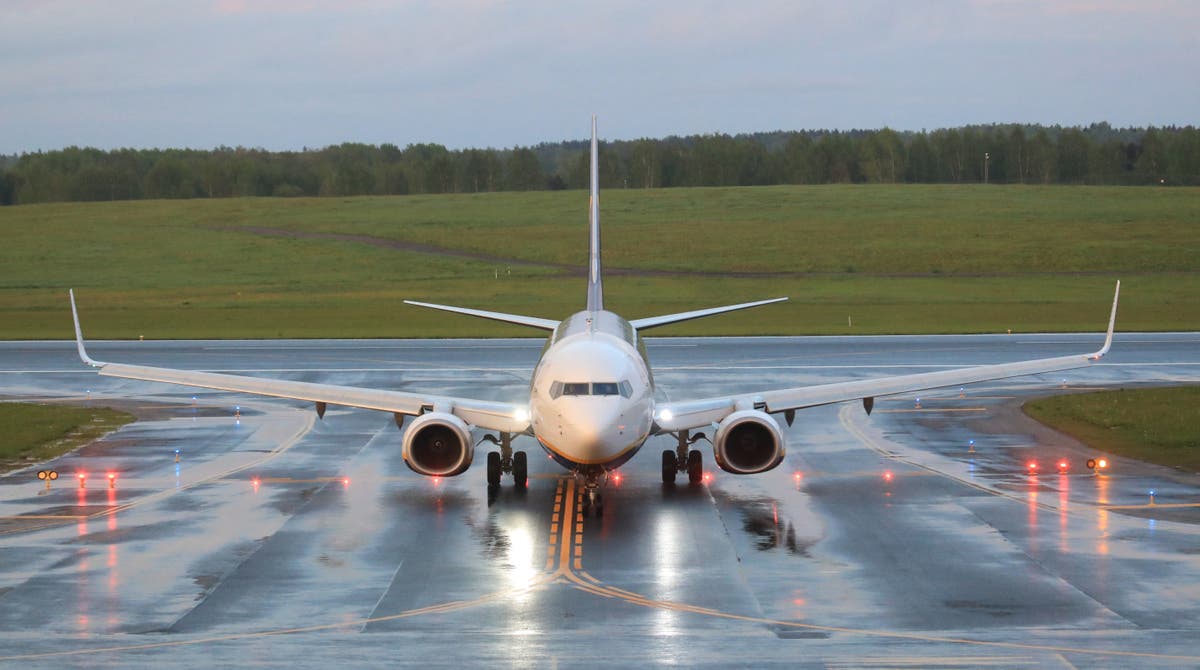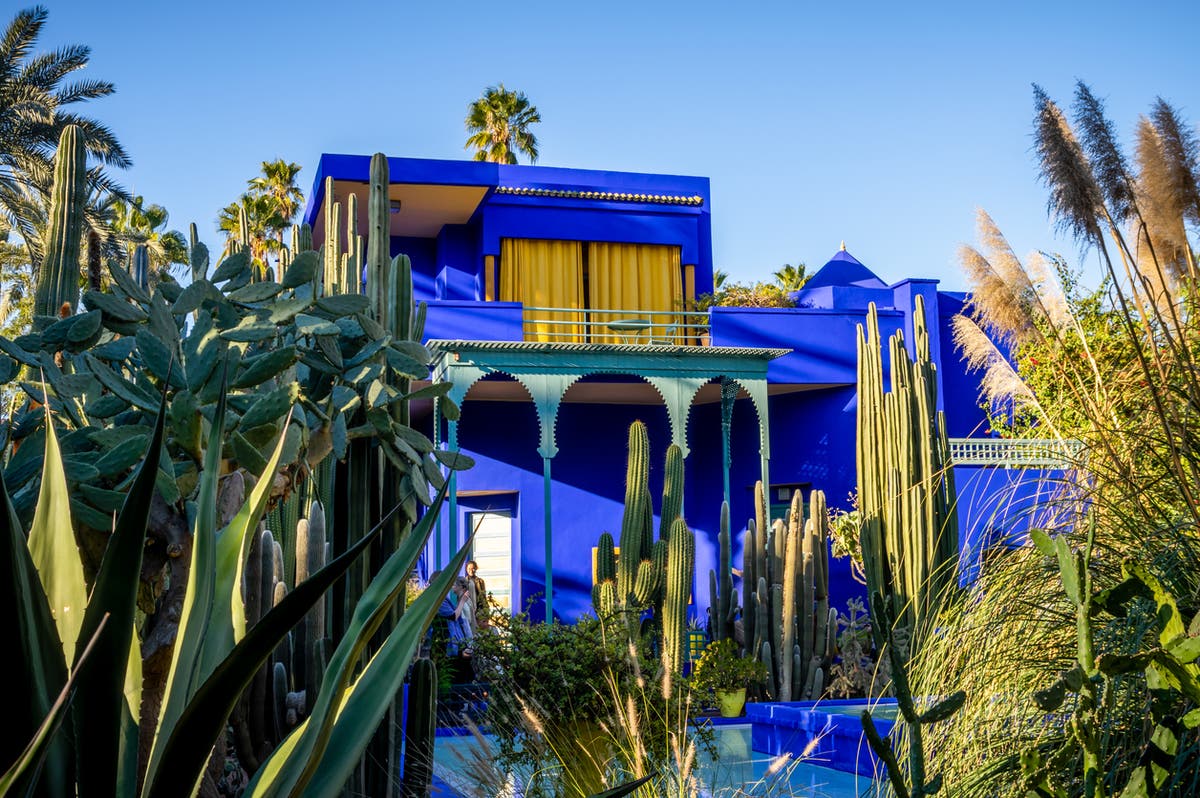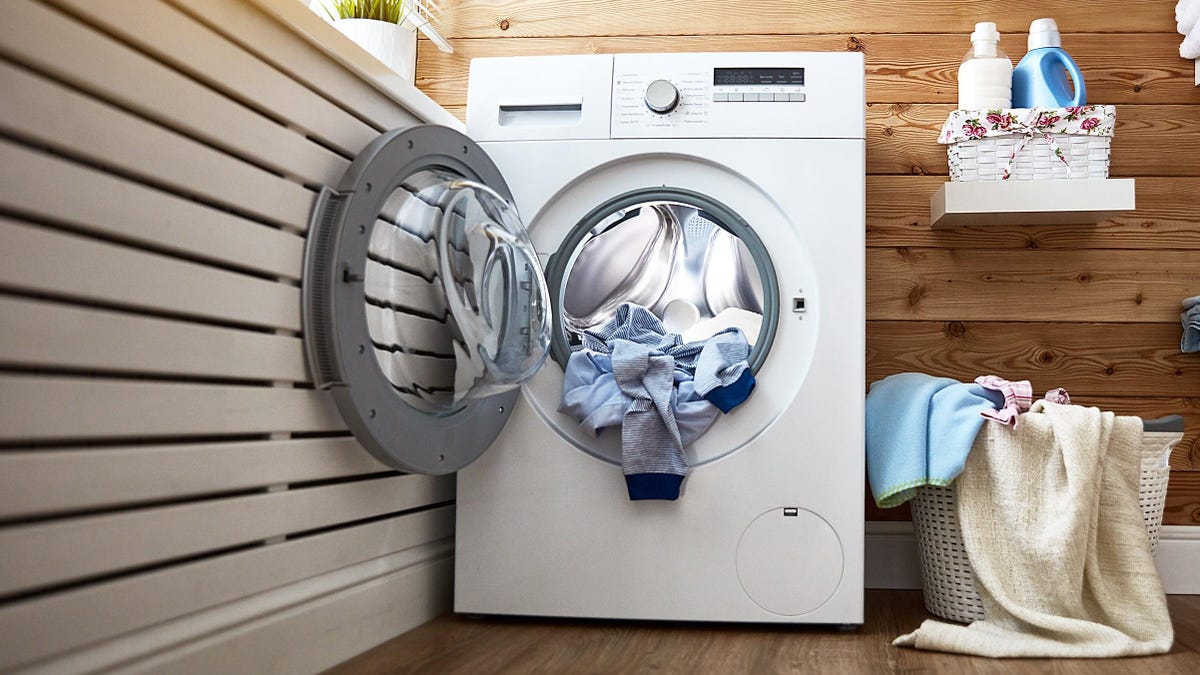How to See July's Double Meteor Shower
Two meteor showers are converging this month, and the fireballs will be flying.


Credit: Nazarii_Neshcherenskyi - Shutterstock
Sky-watchers, set a reminder for the end of July, when two meteor showers—the Delta Aquariids and Alpha Capricornids—are expected to be visible at the same time. On July 30 and 31, the two meteor showers should be at their peak. But those aren't the only nights to look upwards: There should be a greater than average number of fireballs and shooting stars in the sky every night, from now through early August.
When is the best time to see the dual meteor shower?
The best time to go looking for meteors in late July and early August is between 2 and 4 a.m. The Southern Delta Aquariid shower will likely be a bigger show for people in the Southern hemisphere, but Northern hemisphere dwellers should be able to catch some streaks in the Southern part of the sky from the The Southern Delta Aquariid shower. You can see the Alpha Capricornids while looking to the west.
How many meteors can you expect to see?
The Southern Delta Aquariid shower is expected to produce 15 to 20 visible meteors per hour (if you're somewhere dark), which is about two to three times as many meteors as you'd see on average night.
The Alpha Capricornid are less plentiful. The shower barely produces more meteors than you'd see on any other night, but the Alpha Capricornids shower is notable for other reasons: first, because its meteors are slow. Due to the motion of the comet trail in relation to the Earth's movement, Alpha Capricornid meteors hang in the sky longer than other streak-of-light meteors. And then there's the fireballs. The Alpha Caps are known for producing bright fireballs. Last year's shower resulted in a greater than expected number of fireball sightings and some astronomers predict the The Alpha Capricornids will become gradually more prominent every year.
Where is the best place to see meteors?
If you're interested in meteor-peeping, the key word is "darkness." Light pollution from cities does a number on all kinds of star-gazing, so the move is to get as far away from civilization as possible. I've written a more in-depth guide to finding dark places, if you want some tips.
The other key concept of meteor-spotting is openness. Because of the Southern Delta Aquariid shower, more meteors are likely to appear in the Southern part of the sky in late July and early August, but there could be a shooting star anywhere, so the best viewing locations are places with as much open sky as possible. Speaking of seeing as much of the sky as possible: You can leave the binoculars and telescopes at home—you'll be able to take in a wider area of the nighttime sky with your naked eye.

Stephen Johnson
Staff Writer
Stephen Johnson is a Staff Writer for Lifehacker where he covers pop culture, including two weekly columns “The Out of Touch Adults’ Guide to Kid Culture” and “What People are Getting Wrong this Week.” He graduated from Emerson College with a BFA in Writing, Literature, and Publishing.
Previously, Stephen was Managing Editor at NBC/Universal’s G4TV. While at G4, he won a Telly Award for writing and was nominated for a Webby award. Stephen has also written for Blumhouse, FearNET, Performing Songwriter magazine, NewEgg, AVN, GameFly, Art Connoisseur International magazine, Fender Musical Instruments, Hustler Magazine, and other outlets. His work has aired on Comedy Central and screened at the Sundance International Film Festival, Palm Springs International Film Festival, and Chicago Horror Film Festival. He lives in Los Angeles, CA.

 JaneWalter
JaneWalter 

































